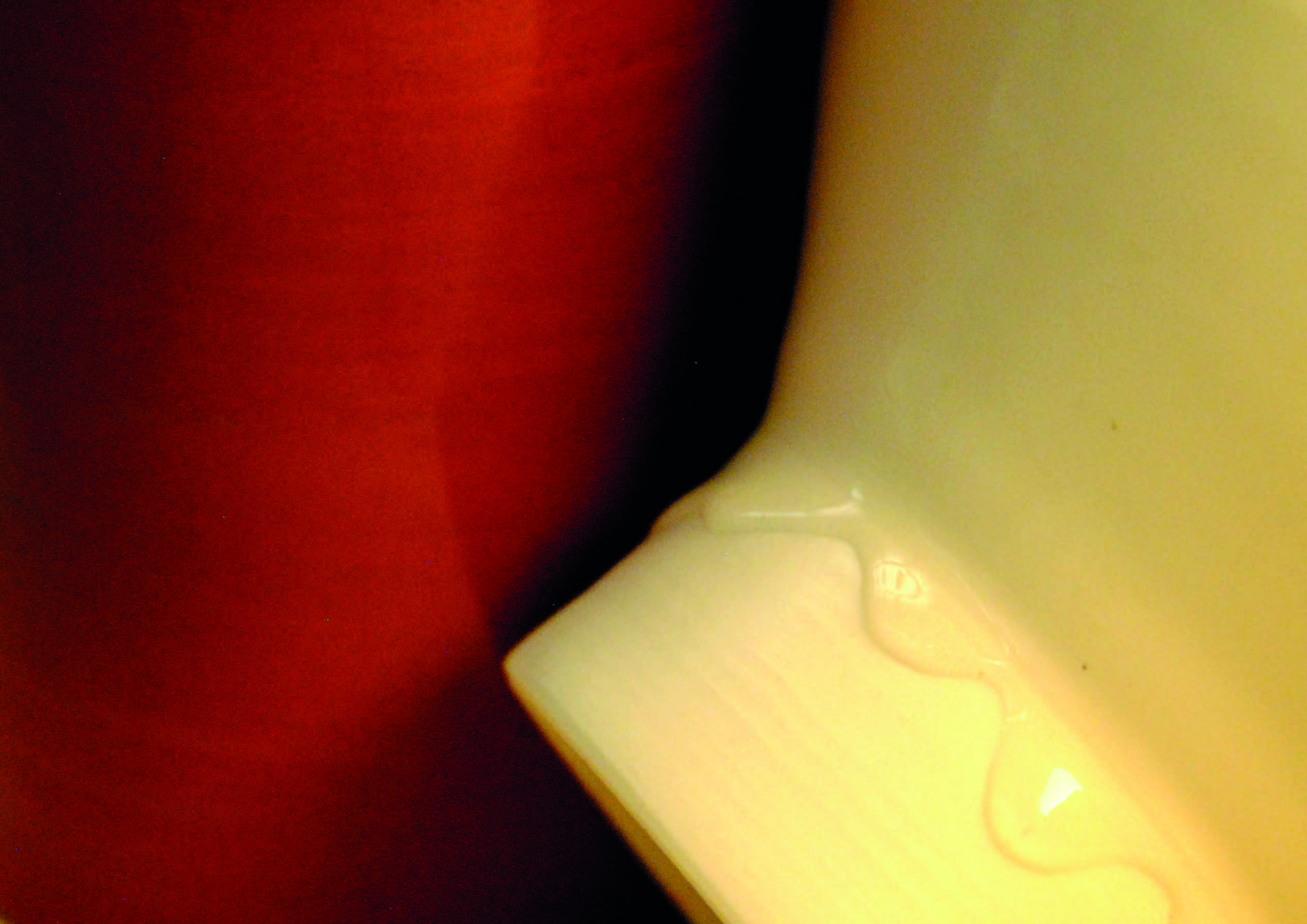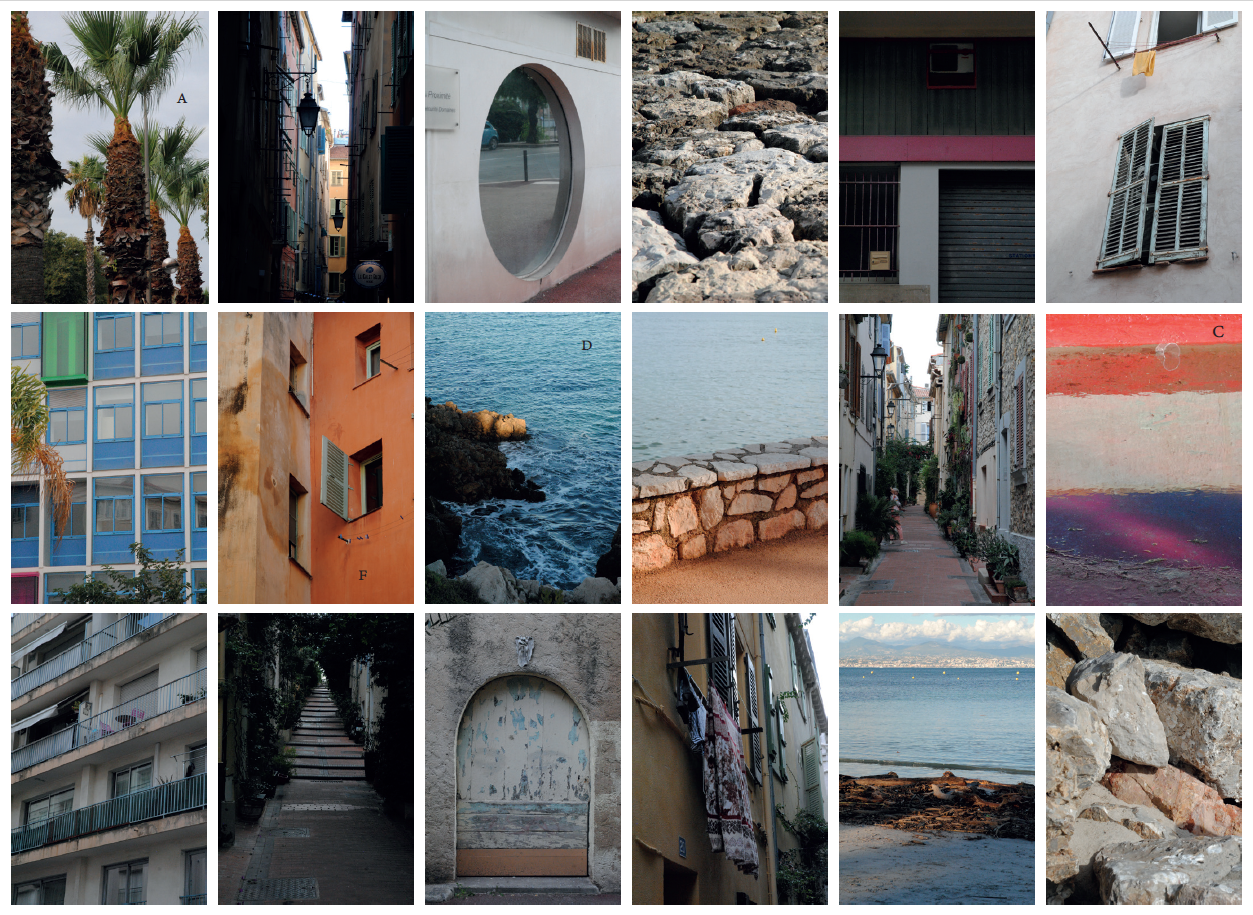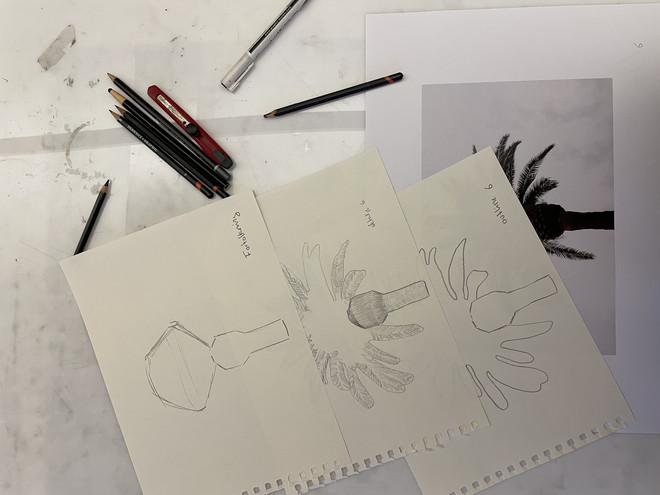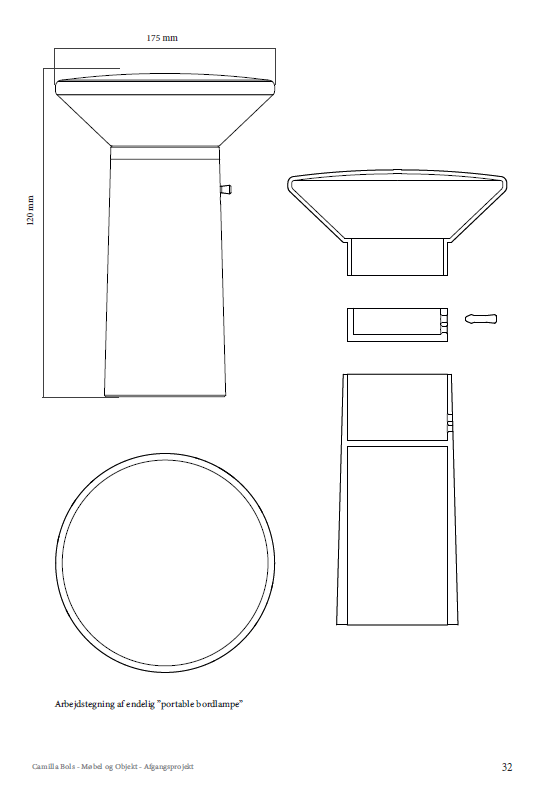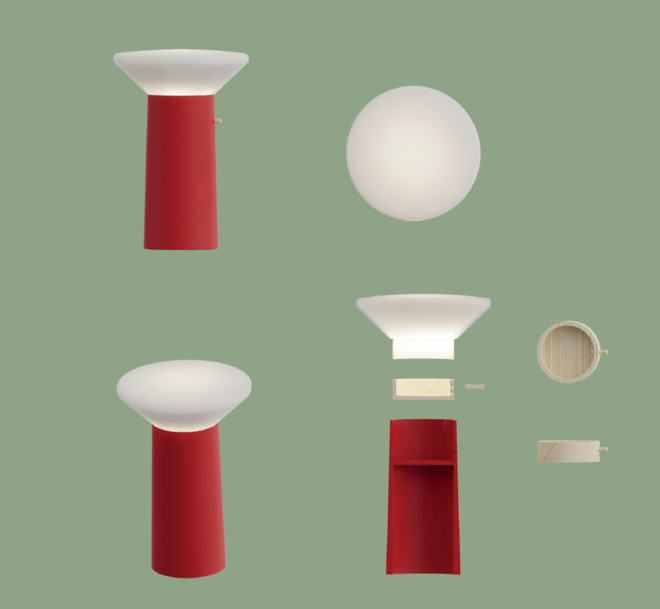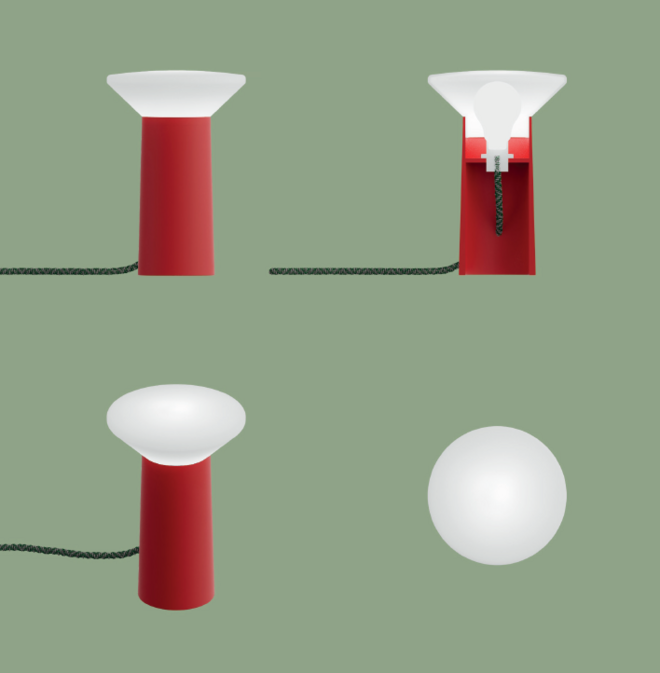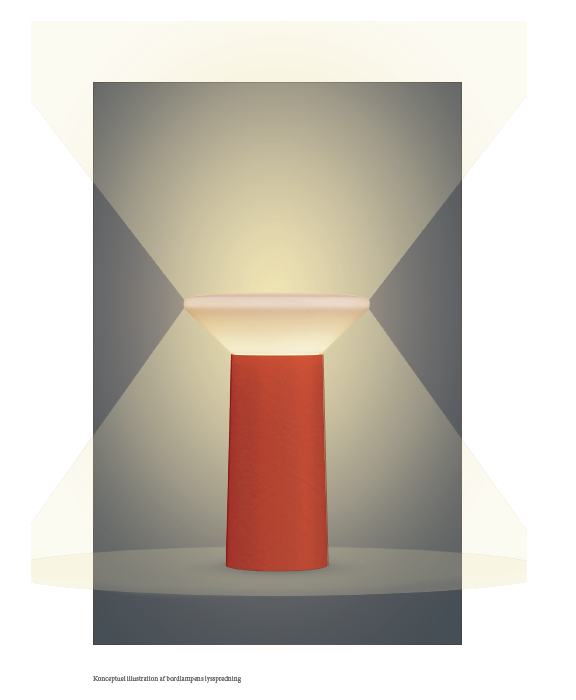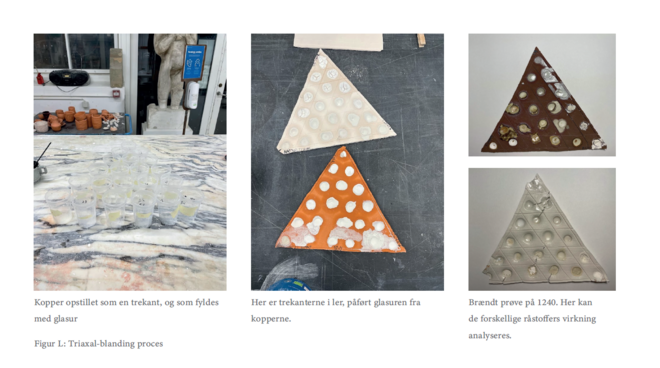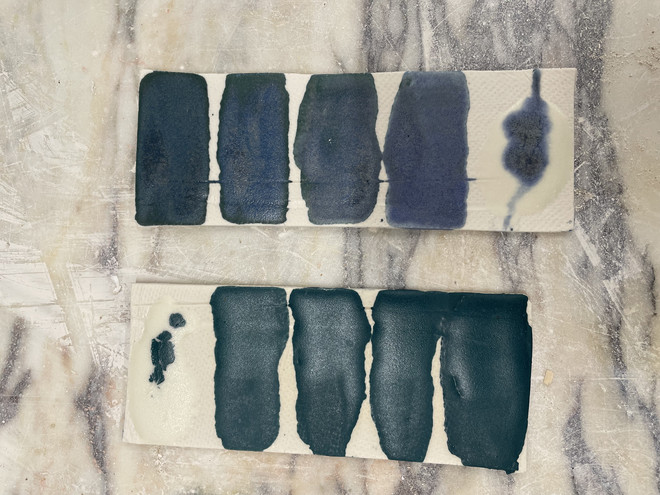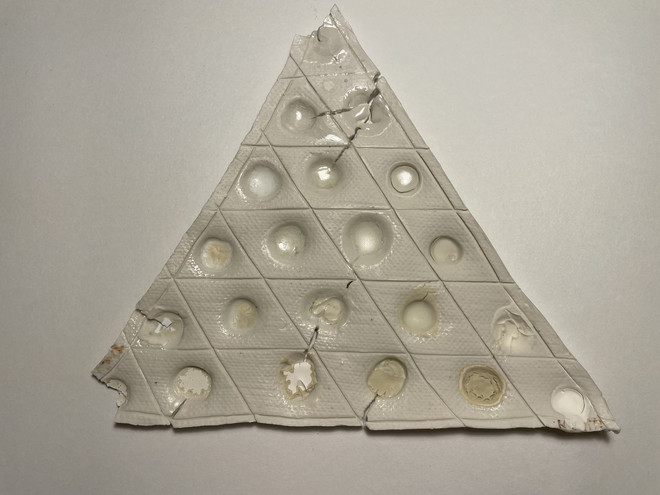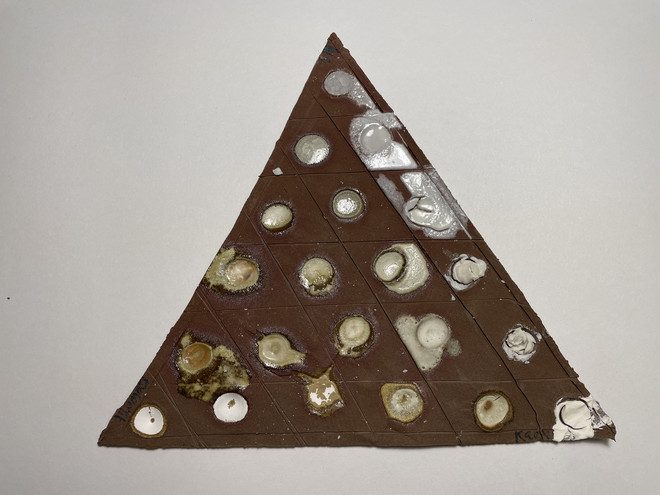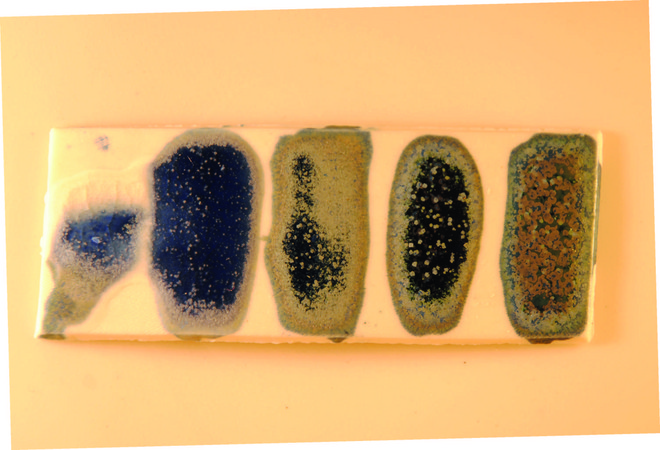
Lysende ler - en bordlampe
The project "Lysende ler" Project is my preparation for establishing myself as a designer and ceramicist in Antibes, France. The project aims to merge French and Danish ceramic traditions in a table lamp and explores glaze development and translucency in porcelain through material study. The project addresses the challenges of sustainable production and cultural preservation.
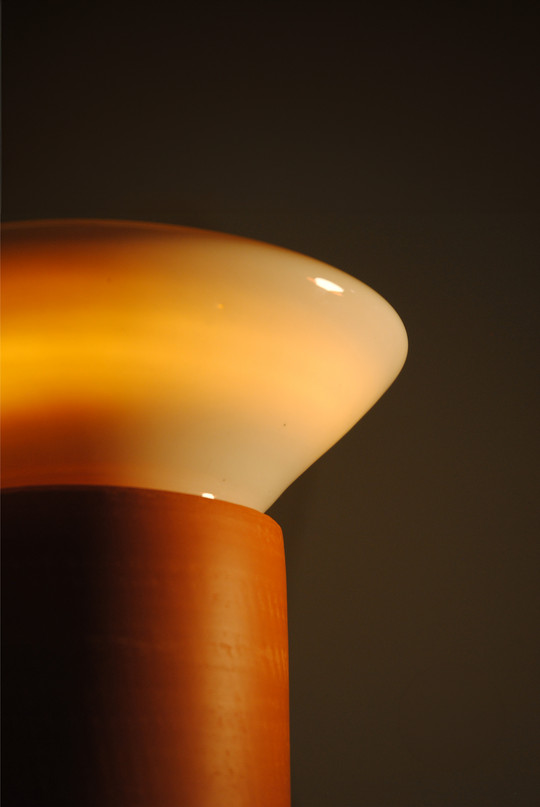
Renderings of the lamp.
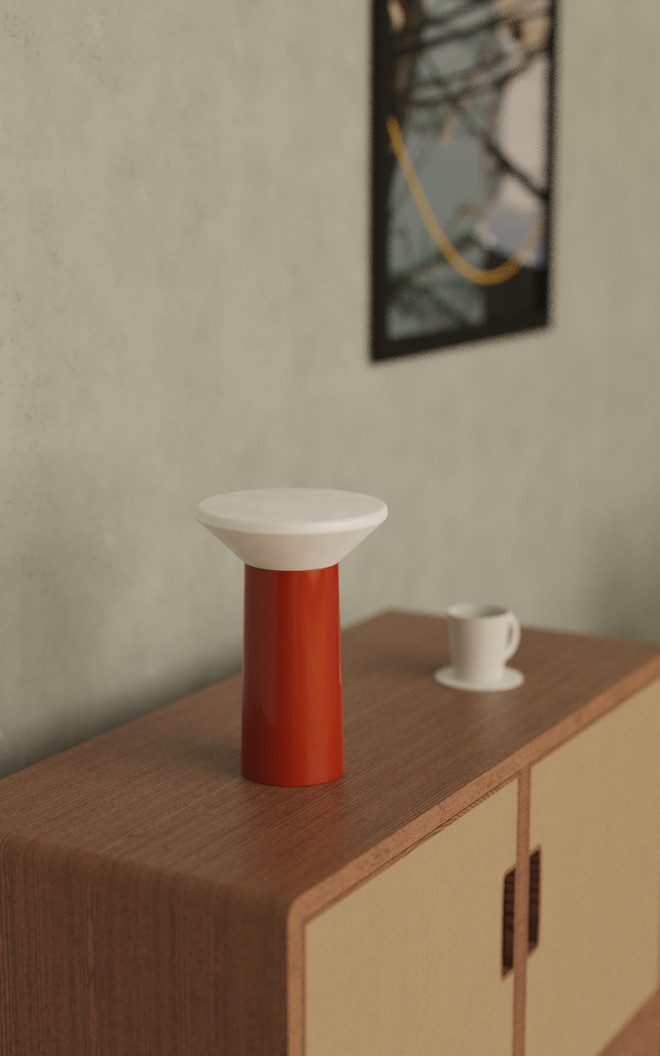
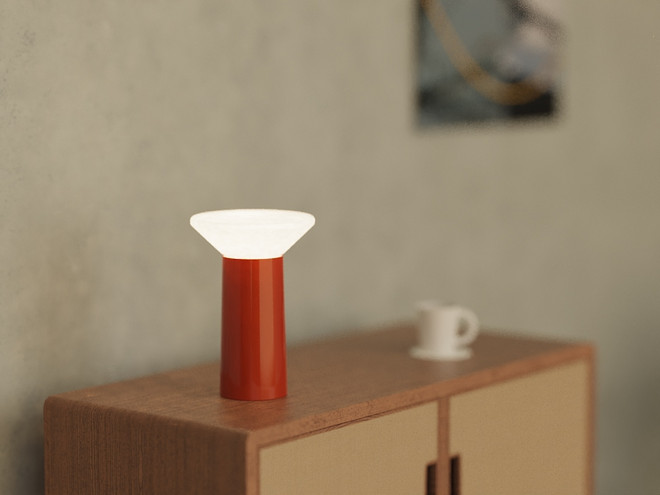
Inspo
The area of Antibes and Vallauris is a historic place where many artists and potters have resided.
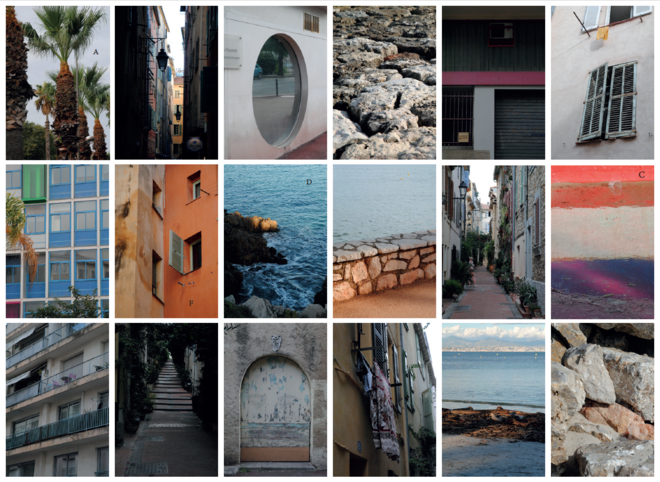
The process of making the lamp shade.
Using the "forgotten" technique from the french village, Vallauris, who used to turn pots "upside down". Since they stopped digging up clay in the area the potter's and their many techniques have been disappearing.
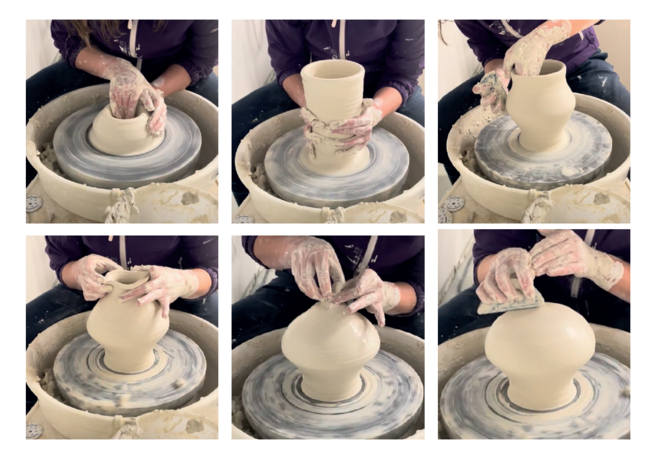
Testing the translucency.
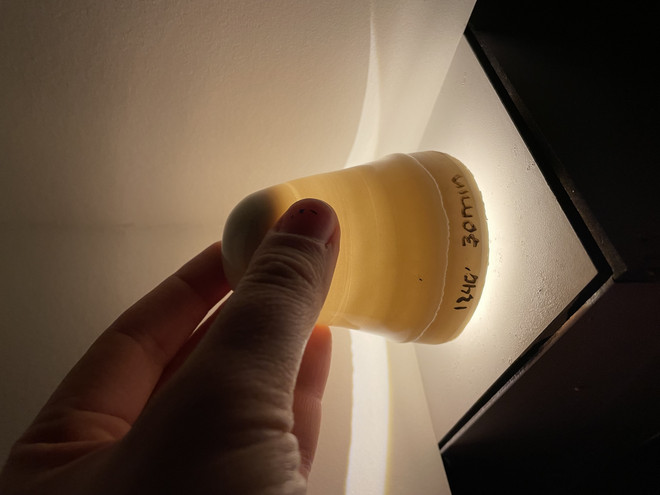
Images of the prototype.
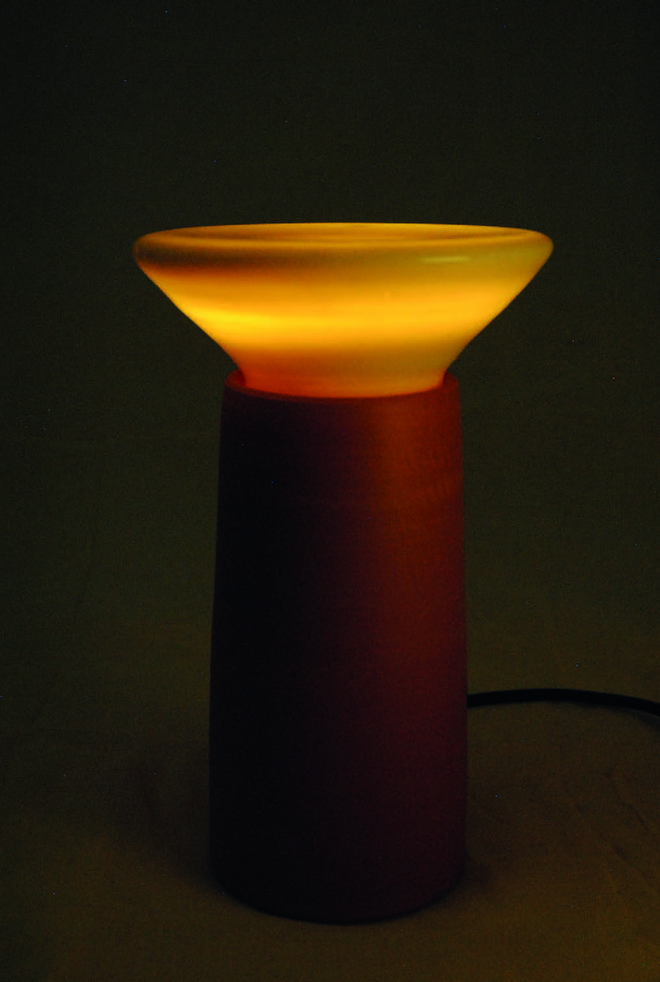
Det Kongelige Akademi understøtter FN’s verdensmål
Siden 2017 har Det Kongelige Akademi arbejdet med FN’s verdensmål. Det afspejler sig i forskning, undervisning og afgangsprojekter. Dette projekt har forholdt sig til følgende FN-mål













